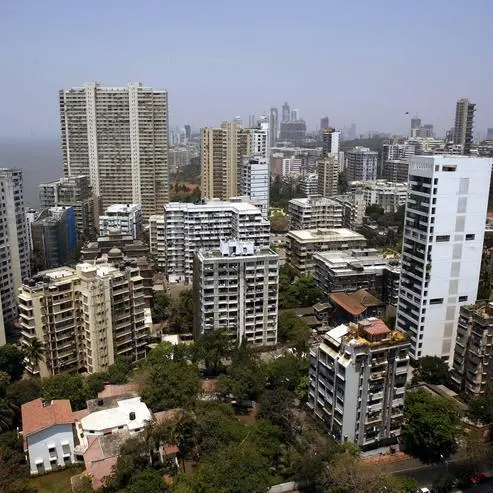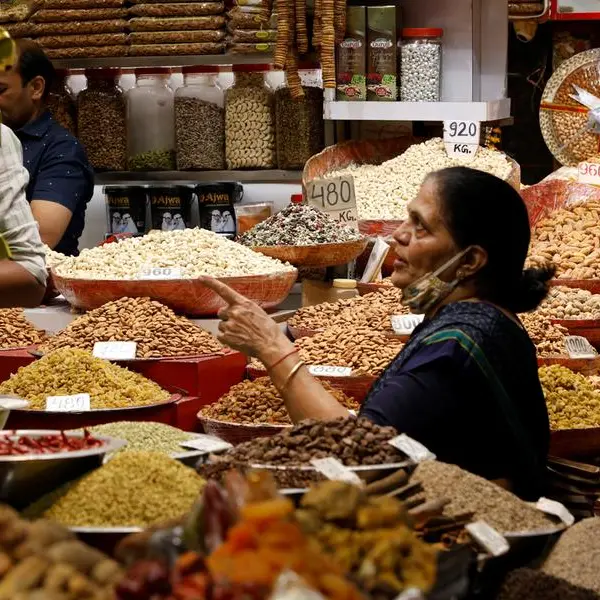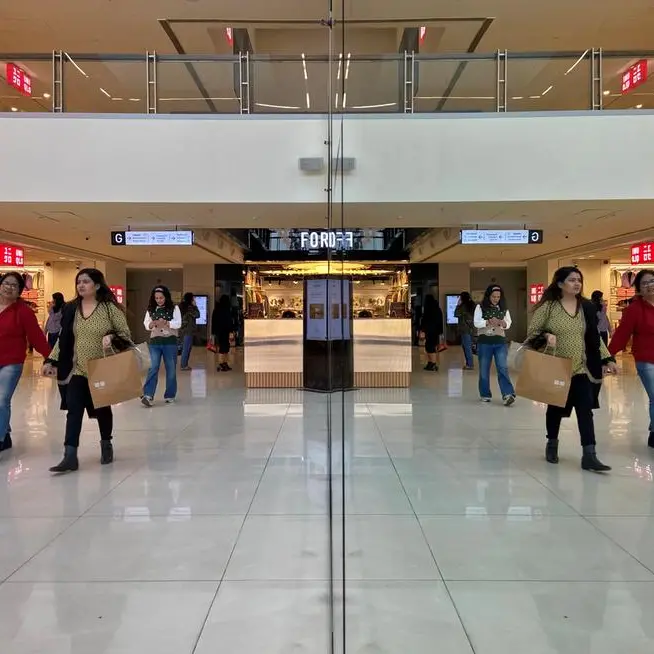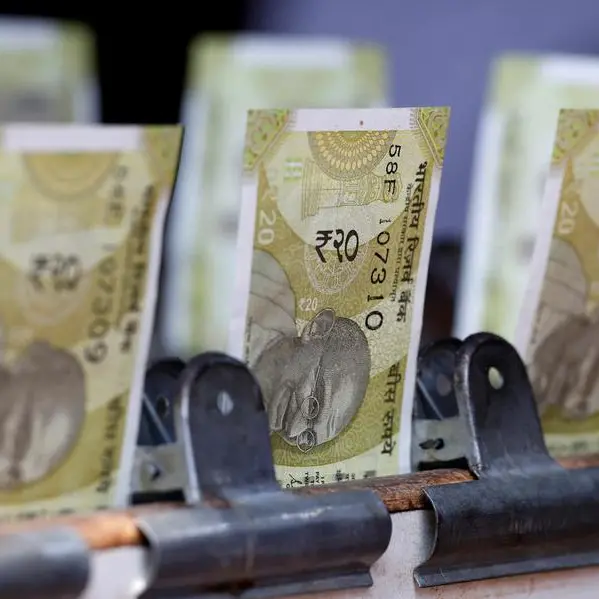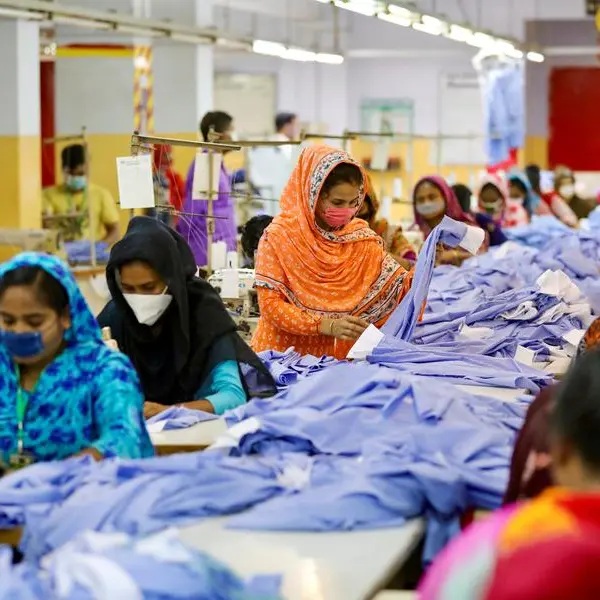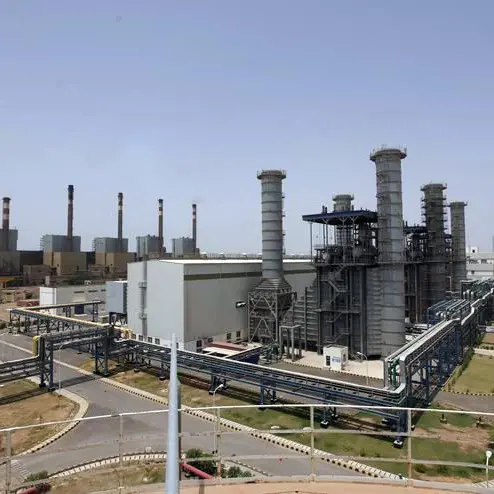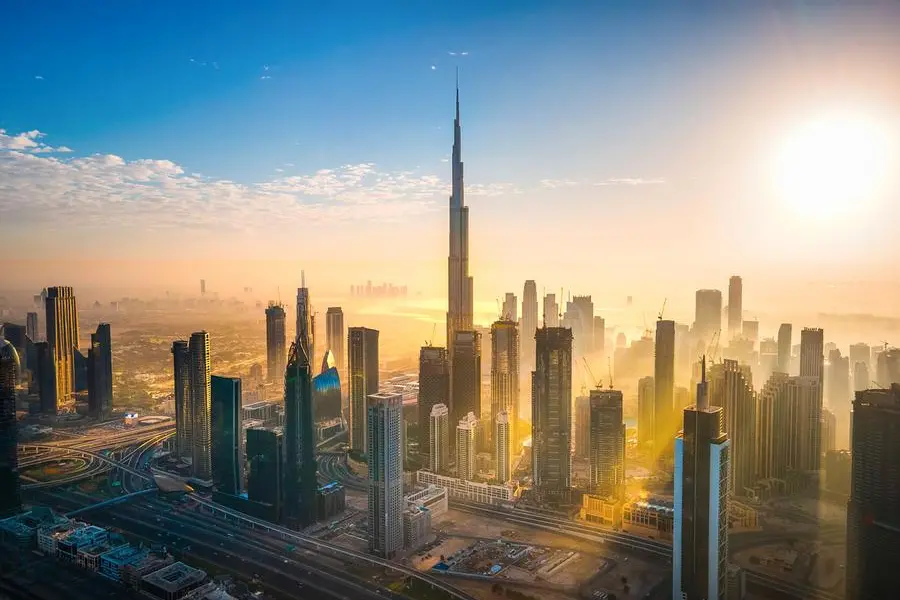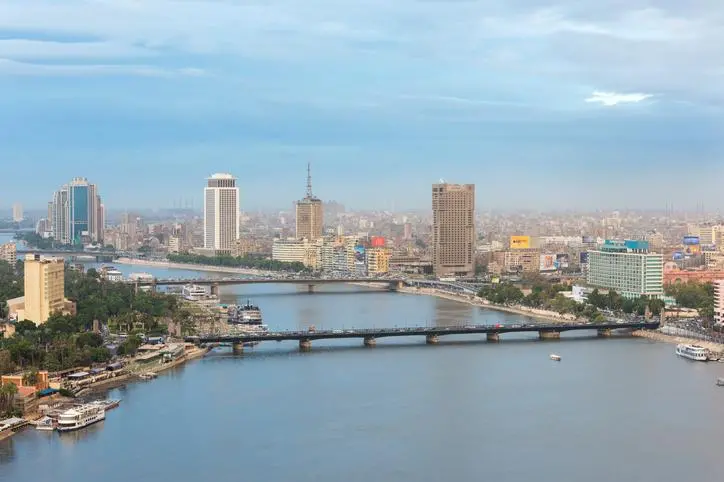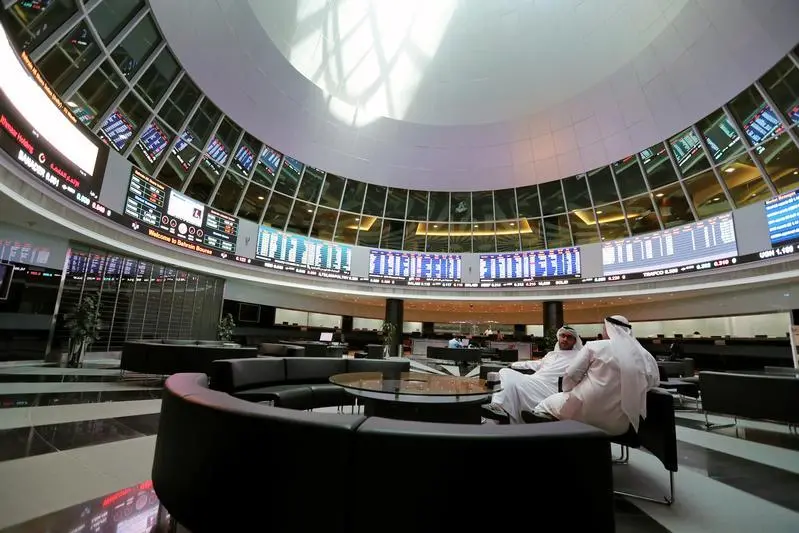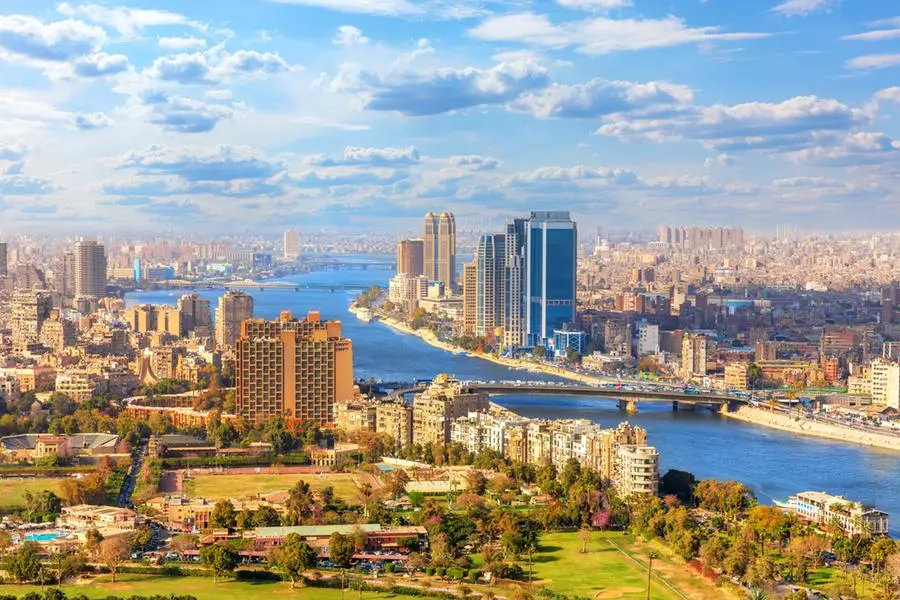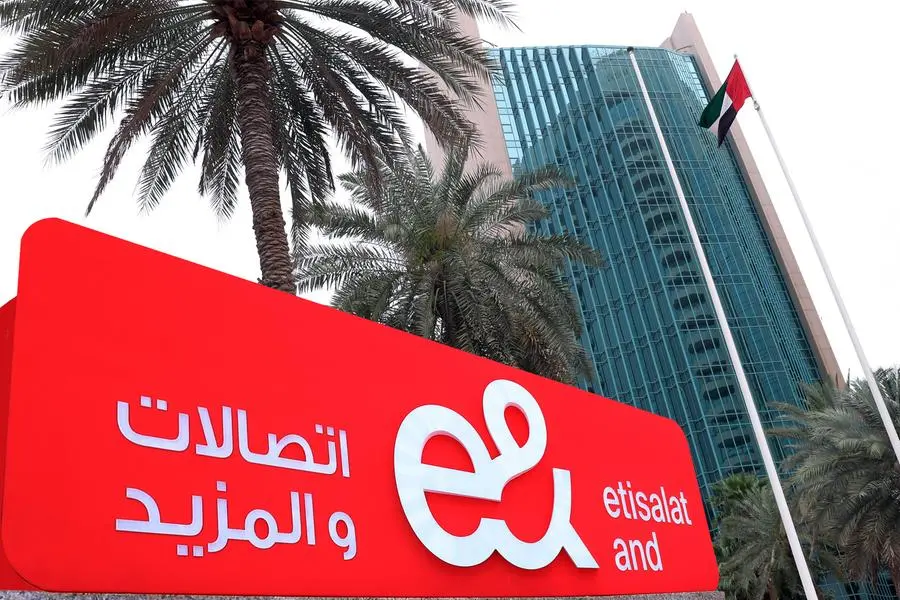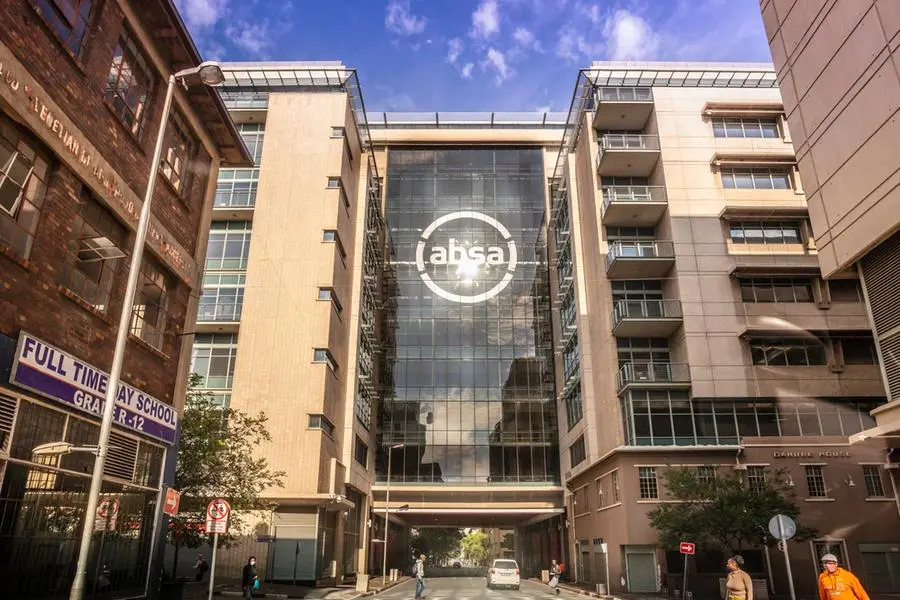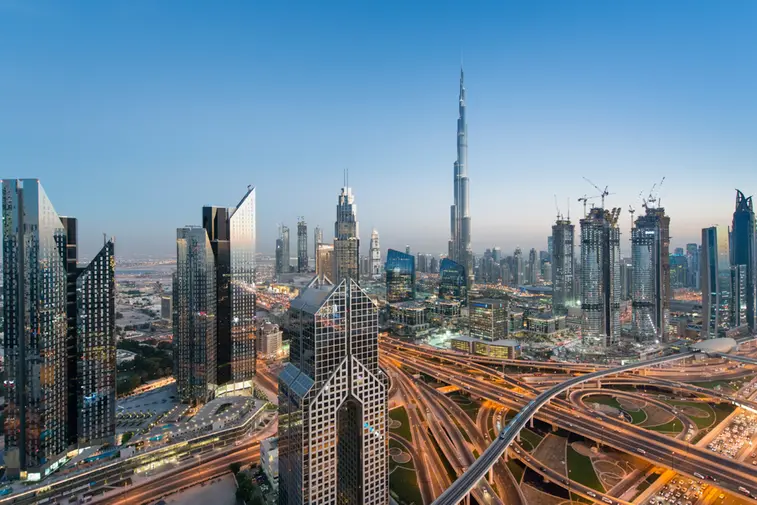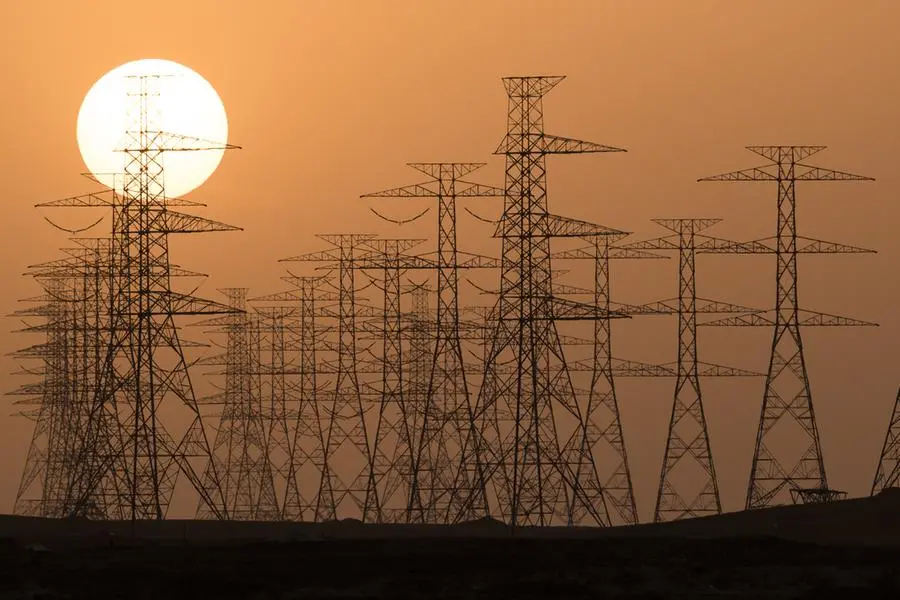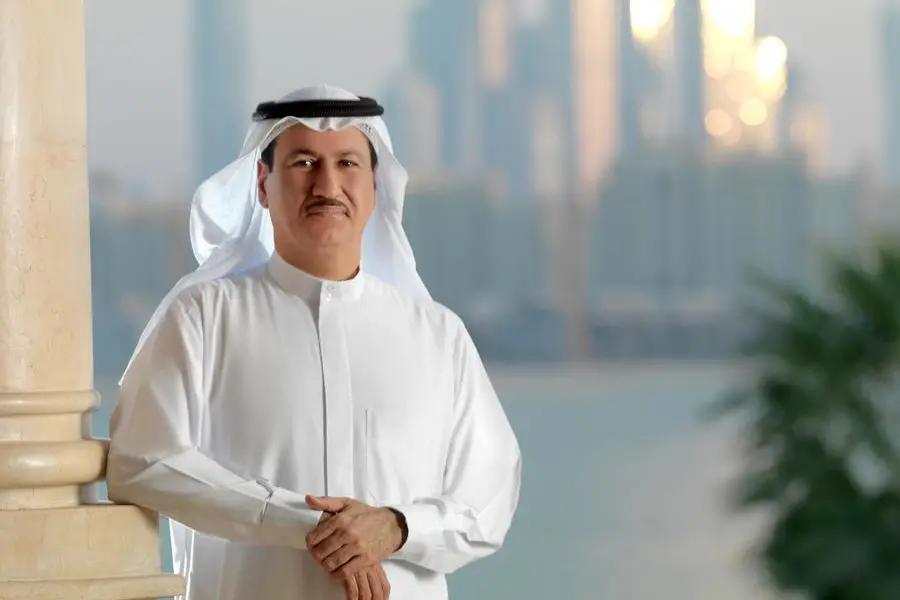PHOTO
A man walks between the buildings at a commercial centre in New Delhi, India, February 28, 2023. REUTERS/Altaf Hussain
BENGALURU: The Indian economy is likely to remain the fastest-growing major one in coming years, but a majority of independent economists and policy experts polled by Reuters are not confident it will make any difference in narrowing stark economic inequality.
Despite over 8% economic growth last fiscal year and a roaring stock market in Mumbai that is easily one of the world's most expensive, New Delhi still distributes free food grains to more than 800 million of its 1.4 billion people.
Prime Minister Narendra Modi, sworn in for a third term with the support of regional parties after a shock election where his Bharatiya Janata Party lost its sizeable majority in parliament, has retained most ministers from his second one.
Yet rising economic inequality - around its highest in decades - and high youth unemployment were widely reported as reasons for the electoral drubbing after securing sweeping victories in 2014 and 2019 on development and economic reform platforms.
A nearly 85% majority of development economists and policy experts, 43 out of 51, in a May 15-June 18 Reuters poll, said they were not confident economic inequality would significantly reduce over the next five years, including 21 who said they had no confidence at all.
Only six said they were confident and two said very confident. These are separate from private economists who regularly forecast economic data and interest rates.
"Acknowledging that it is a problem will be a good first step ... Currently, reduction of economic inequality is not a policy objective of decision-makers," said Reetika Khera, a development economist at the Indian Institute of Technology in New Delhi.
"Inequality is not something that will go away on its own ... it needs proactive government interventions."
Even for a developing economy, income inequality in India is too extreme, according to a March report from the World Inequality Lab.
However, not everyone agrees.
"I don't think the inequality metrics are meaningful for India. The key issue is not inequality but how the bottom of the pyramid fares economically. This is not a function of how the top does," said Nagpurnanand Prabhala, finance professor at Johns Hopkins University.
India has the second-highest number of billionaires in Asia but has tens of millions who depend on the government's 100 days minimum guaranteed wage employment programme, digging wells, building roads, and filling potholes for about $4 a day.
"The present government has created an economic system that shrunk the middle-income group considerably. The poor are on public dole ... the rich are on public cross-subsidy using crony capitalism," said Saibal Kar, professor of industrial economics at the Center for Studies in Social Sciences.
"The economic and social freedoms are low owing to repressive public policies. This has to change. Unless it changes, inequality will rise further."
SKILLS NEEDED, NOT JUST JOBS
Asked to rate the quality of India's economic growth over the past 10 years, a near-80% majority of economists surveyed, 42 of 53, said it was not inclusive, with 17 saying not at all. Eight said fairly inclusive and three said inclusive.
And yet 60%, 32 of 53, said India would maintain or exceed the current solid GDP growth rate over the next five years. The rest said it will fall short.
While the Modi government has set a target of turning India into a developed economy by 2047, several experts in the survey said the government should first improve workers' skills, create more jobs and focus on inclusive growth.
In December, the government's chief economic adviser said the subsidised grain distribution, as well as spending on education and health had helped to distribute income more equally.
During the election campaign, a government document showed Modi wanted to focus on 70 areas of improvement including workforce skills and vocational training.
Over 90% of experts polled, 49 of 54, who answered a separate question said unemployment would be the biggest economic challenge for the government over the next five years.
The unemployment rate was at 7.0% in May, according to the Center for Monitoring Indian Economy, a think-tank, up from around 6% before the pandemic.
"Most countries that have experienced more rapid growth did it on the basis of a farm-to-factory structural transformation," said Parikshit Ghosh, professor at the Delhi School of Economics, adding manufacturing as a share of GDP has hovered around 15% for about 30 years.
"Of the multiple factors behind this, perhaps the most important is the failure to invest seriously in education."
India spends around 3% of GDP on public education, half the 6% the government's National Policy on Education recommends.
Other experts pointed out the ongoing challenges presented by a society still mired in caste and class divisions.
"We don't even talk about the cleavage that has been ripping our society apart for thousands of years now in our living rooms - we still live in a world where Dalit families are cleaning toilets in urban and rural areas, generation after generation," said Aditi Bhowmick, a public policy expert, who previously worked as India Director at Development Data Lab.
(Polling by Vivek Mishra, Pranoy Krishna, Devayani Sathyan, Purujit Arun, Anant Chandak, Veronica Khongwir, Milounee Purohit; Editing by Ross Finley and Alison Williams)


